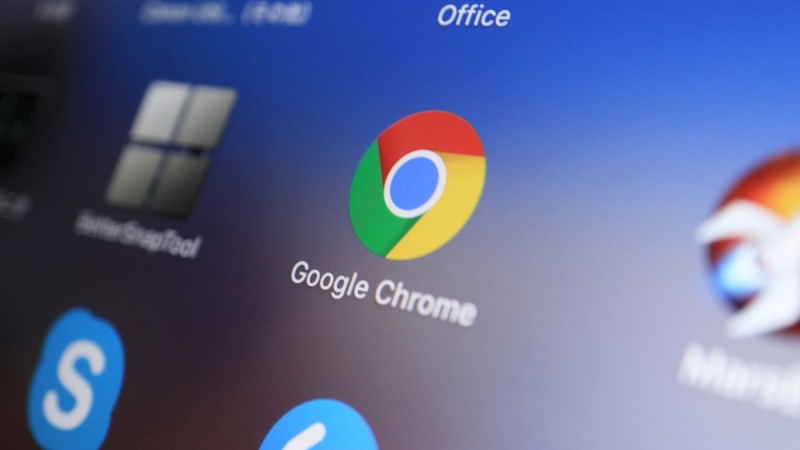A significant improvement on the Google Pixel 8 and Pixel 8 Pro was the addition of personalized AI-generated wallpapers. Now, Google is bringing some AI love to its Chrome browser.
Google just revealed a few days ago that Chrome would soon get an AI “Help Me Write” feature. However, it looks like Chrome users will soon be able to personalize the AI-generated theme that runs on their browser. Leopeva64, a user of X, formerly Twitter, discovered the feature for the first time by carefully examining the code of the most recent alpha Canary version of the browser.
Similar to the Pixel 8, the feature initially prompts the user to select a theme. However, the themes are significantly more feature-rich than those available for Google’s flagship smartphones. There are categories such as Buildings, Food, Everyday Objects, Nature, Space, US Cities and Parks, and more under the subjects tab, as the X post demonstrates.
These categories open up more options for selection. For instance, buildings are divided into categories such as airport, cafe, castle, lighthouse, office, and so forth. In Everyday Objects, dozens of commonplace items are displayed around which a theme could be developed. You can create a theme under Space centered on spaceships, constellations, satellites, the solar system, moon, sun, and stars, among other things.
The category I’m most looking forward to seeing is US cities. At a glance, options are displayed for, among other places, the Everglades, Chicago, Houston, Los Angeles, New York City, Philadelphia, Phoenix, San Diego, San Francisco, Seattle, and Arches National Park.
After choosing a theme, the user can further customize it by choosing colors and moods, such as steampunk-inspired blue and red tones for a melancholic Chicago or red tones for an expressionist romantic airport.
We are unsure of the wallpapers’ possible appearance because the feature isn’t yet live. However, I discovered that I was making dozens of wallpapers with the Pixel 8 Pro, and it seems like Chrome will only get better.
It appears likely that a full rollout of this feature will occur in the upcoming months, considering the typical time it takes for something to go from its initial appearance in Chrome’s code to actually being made available for use.
